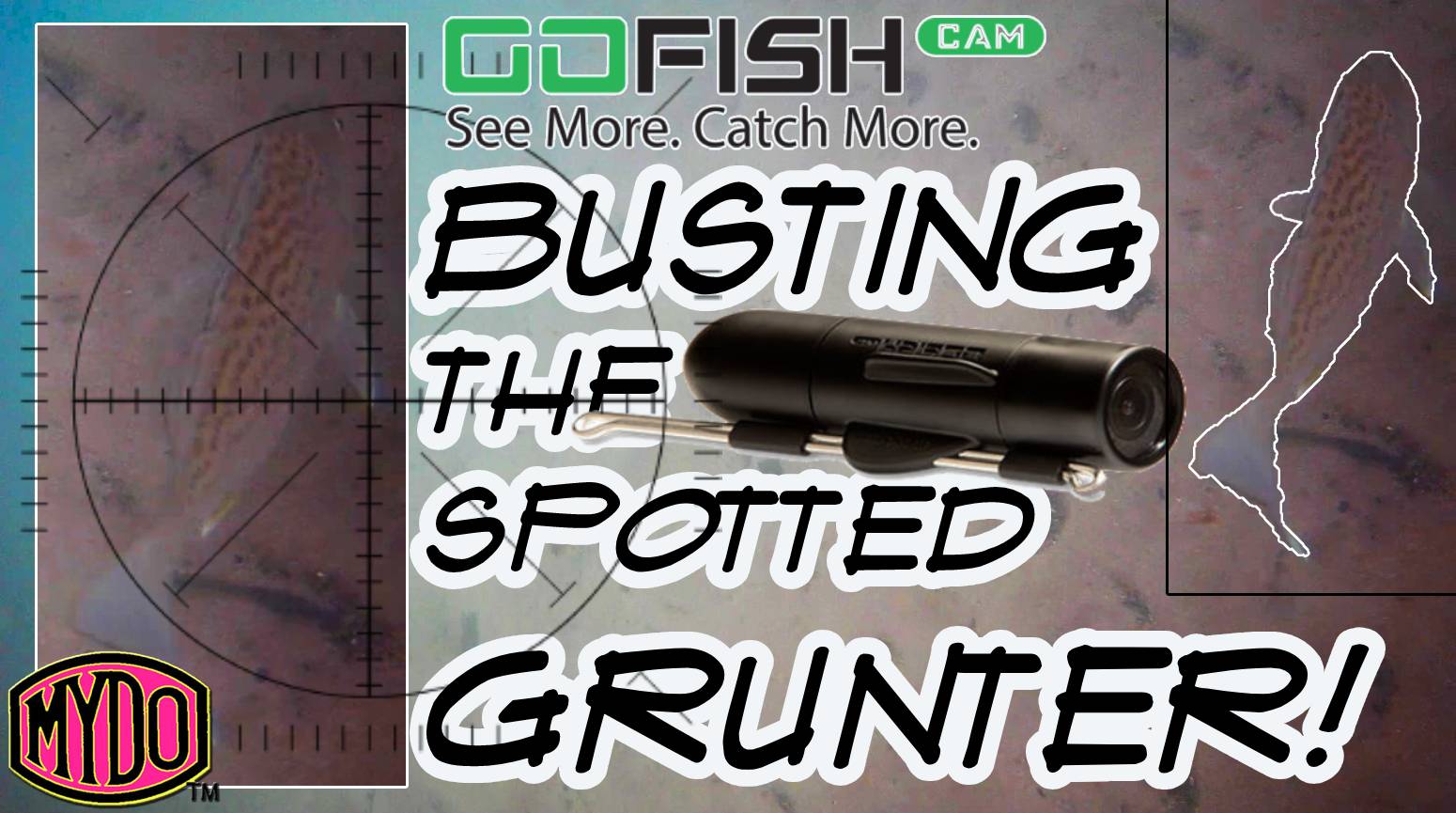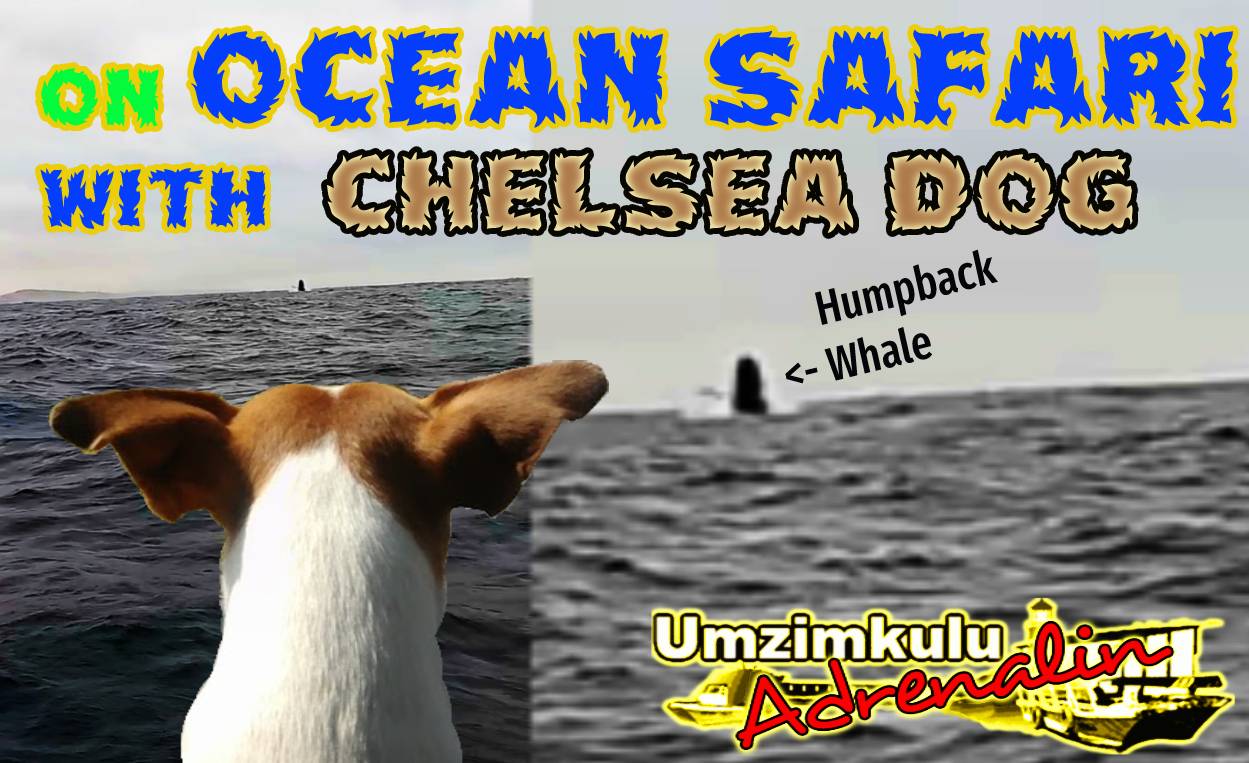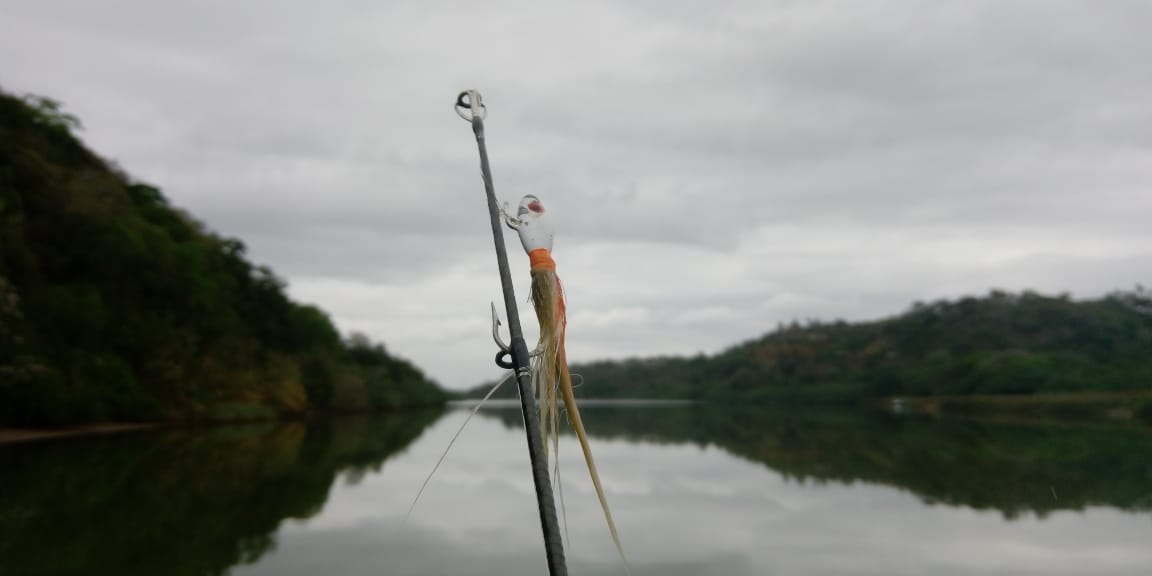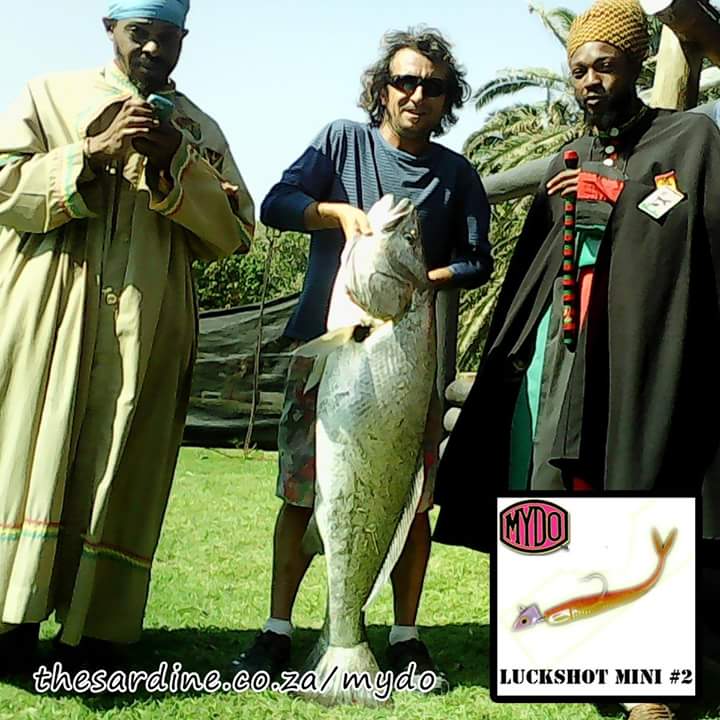
KZN South Coast Offshore Fishing Tips
KZN South Coast Fishing Tips: A big welcome to Zach Norton, a guest writer here at The Sardine News. Zach is the first of a slew of new contributors, who will be featuring regularly on this website.
Thank you Zach!
Photo by Go2dim on Shutterstock
Anglers who visit South Africa’s KwaZulu-Natal region are spoiled for choice as the area is flooded with top-notch fishing spots. Choose a prime location on one of the blue-flag status beaches or charter a boat and scope out Durban Harbour.
For serious anglers visiting the region, offshore fishing is essential, especially during the annual Sardine Run phenomenon.
Here are our top recommendations for enjoying offshore fishing along the KZN south coast.
Gain Experience
Photo by Itxu on Shutterstock
If you have never held a fishing rod, it’s not the best idea to aim for that Pulitzer Prize-worthy shot with a blue marlin. Fortunately, the KZN south coast spans roughly 100 miles between Durban and Port Edward and offers many outstanding nearshore fishing locations for recreational anglers.
These include:
- Amanzimtoti
- Rocky Bay, Park Rynie
- Stiebel Rocks, Hibberdene
- Margate Fishing Pier
- Palmer’s Rock, Glenmore Beach
The bulk of the catch will comprise shad, kob (colloquial: kabeljou), and garrick (a.k.a. leerfish), an iconic gamefish up to five feet long. Anglers can also reel in smaller panfish such as blacktail, stone bream, and karanteen (strepie) among the rocks.
Occasionally, a lesser sand shark, skate, pompano, or cobia (a.k.a. Prodigal Son) will tighten the line. The latter is a fusiform fish praised by restaurant-goers that can grow up to two meters.
If you want to try reeling in such leviathans but you’re like many of us who abandoned our gym memberships over the past couple years, it might be good to get back on the arm machines and extend your stamina!
Durban Harbour
Photo by Ava Peattie on Shutterstock
You’ll do well to start the offshore fishing experience from Durban Harbour, Africa’s second-largest port. It is home to a huge variety of species including snapper salmon, grunter, sole, rock cod, and perch.
Using small spoons or lures, you may even get hold of a pickhandle barracuda, springer (a.k.a. skipjack), torpedo scad, or the unusually pinstripe-like walla-walla.
Even rarer are the chrome-finish queenfish and musselcracker (poenskop or beenbek), an explosive fighter that can live 80 meters down.
Deep Sea Fishing Areas
Photo by kelldallfall on Shutterstock
As the meeting point of the Atlantic and Indian Oceans, the KZN coast is teeming with marine life. Also, temperatures are moderately summer-like year-round, making it perfect for deep sea angling.
The most popular sites for saltwater fishing are:
- Umkomaas
- Rocky Bay
- Shelly Beach
- Pennington
- Port Edward
Here you will catch trophies like billfish, dorado, amberjack, Cape salmon (geelbek), and yellowfin tuna. When you have one on the line, it’s a good idea to let it fight for a while instead of pulling it out of the water straight away.
One reason for doing this is to wear the fish out so it’s calmer once in your hands. The other reason is so it can gather other shoal members. By keeping the lures going, the chances of success improve exponentially. Plus, the hustle and bustle will attract bigger fish.
See the Reefs
Photo by Stefan Pircher on Shutterstock
Most of South Africa’s coral reefs are situated along the north coast toward Mozambique, but the south coast has one too. Protea Banks starts just 5 miles (8 km) out of Port Shepstone and is home to seven species of shark:
- Hammerheads
- Sand sharks (a.k.a. raggedtooth sharks, raggies)
- Giant guitarfish
- Dusky sharks
- Bull sharks (Zambezi)
- Tiger sharks
- Blacktip sharks
As it’s one of the richest tuna grounds in the world, you will find many other predators such as giant barracudas, potato bass, and sea pike. A-listers such as wahoo, mahi-mahi, billfish, and Malabar groupers have been spotted as well.
Sardine Run
Photo by Andrea Izzotti on Shutterstock
The annual Sardine Run is the icing on the cake for any fishing enthusiast. In the winter months of June and July, shoals stretch for several miles, speeding along the Agulhas Current in search of better grounds.
The subject of many a wildlife show, the Sardine Run attracts dolphins, copper sharks, and Bryde’s and humpback whales for their yearly all-you-can-eat buffet.
Bait
Photo by Jason Richeux on Shutterstock
Most offshore anglers swear by live bait, but artificial lures can work just as well, provided that you’re using the right kind to match the right species. It’s a good idea to research your fish well to emulate its favorite prey.
For example, copias love crabs and other shellfish and amberjacks are especially attracted to pinfish, while shrimp work for fish of all sizes.
Make sure to clean your hands before touching lures, as contaminants like grease, soap, sunscreen, and insect repellent can be massive turnoffs for fish with a sophisticated sense of smell.
Trolling with lures works best for sailfish and marlin, while spooning will entice dorados. Bait strips work particularly well for catching Queen mackerel during winter. Also consider trying the fun new hands-on way of fishing with lighter tackle known as flick sticking.
Tackle
Photo by paul prescott on Shutterstock
It’s a good idea to use a 7-9 foot (2.1-2.7m) rod with an ocean baitcaster reel and braided line, which is far superior to monofilament line.
A line capacity anywhere between 20-50lbs (9-22.6kg) combined with a circle hook between 4/0 and 7/0 is perfect for most people, but for larger species you will definitely want to go higher.
Make sure to stop by one or two local bait-and-tackle stores for on-point advice before you mount the boat ladders.
Study
Photo by wildestanimal on Shutterstock
It’s good practice to keep learning about fish behavior — either from books or observation.
Ask yourself: How deep do they swim? How active are they at different times of the day and in different types of weather? And what is the tidal influence?
For example, it’s best to start around 7am as fish tend to go deeper when the water is cooler. Also, dolphins can be an indication of nearby shoaling yellowfin tuna.
What to Pack
Photo by Evgenius1985 on Shutterstock
Here’s a checklist for basic items you’ll need besides fishing gear:
- Change of clothing and slip-resistant shoes with closed toes
- Polarized sunglasses with neck strap
- A good camera
- Full-brim hat or cap
- Sunscreen and lip balm
- Hand towel and sanitizer
- Gunny sack to keep fish cool in case you want to keep them
- Ice chest in your vehicle
- Seasickness pills and other prescriptions
- Windbreakers for unexpected downpours and sea spray
- Cash for fish cleaning or gratuities
- Dry bags for storing valuables
- Drinking water and granola bars
- Gloves for handling barracuda, sea pike, sharks, rock cods, and mackerel
- Band-aids
- Measuring tape
- Pliers and knife
- Fishing license
Regulations
Photo by David Herraez Calzada on Shutterstock
Before heading out on open waters, check the legislation relevant to your trip. Anglers over the age of 12 need a saltwater fishing license. These can be purchased from any Post Office in South Africa.
In case of commercial or culinary intent, always check the minimum size and catch limit for your fish species. There are more and more ethical anglers who fish purely for sportsmanship and practice catch-and-release with artificial lures instead of live bait.
Some examples of restrictions : the bag limit for garrick is two per person per day. A closed season applies to red steenbras and many other species. Shad are four per person. And so on.
Respecting these rules and following the tips as outlined will guarantee a surefire way toward that epic deep sea fishing trip you have been looking forward to!
About the Author
Ralph Zoontjens is a product designer with a master’s degree in Industrial Design from Eindhoven University of Technology and a love of the outdoors. Currently based out of Tilburg, the Netherlands, he specializes in 3D printing and works as a content writer with topics that revolve around design, technology, and outdoor adventure.























